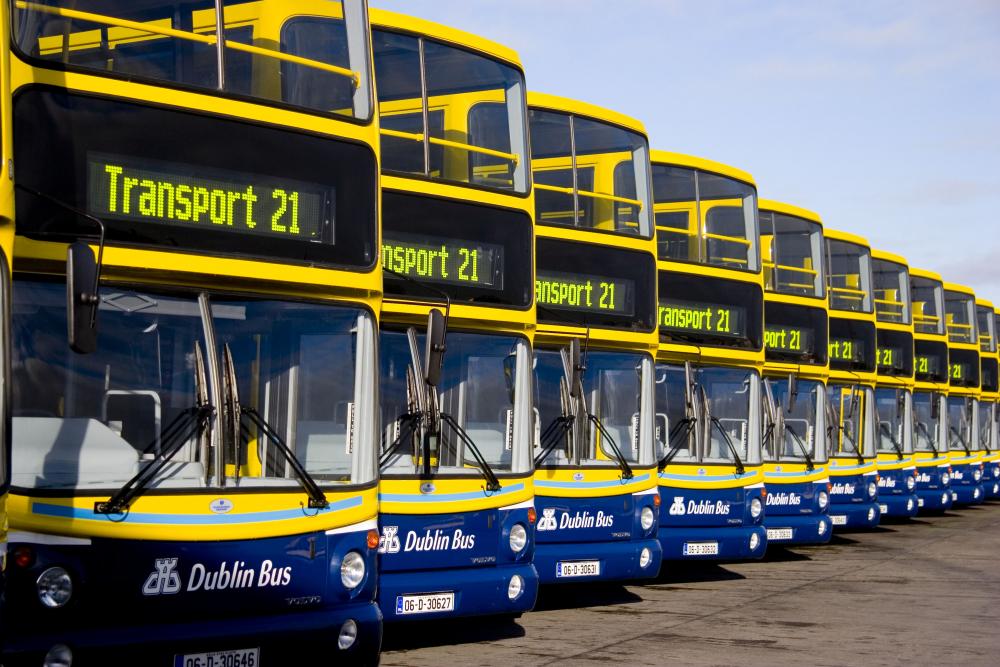
10 October, 2024

Anne Graham
Posted: 1 April, 2017

To launch our theme for the month of April, ‘Planes, Trains and Automobiles,’ we welcome guest blogger Anne Graham, Chief Executive Officer of the National Transport Authority.
I’ll get back to the planes, but in the meantime, I can certainly talk about trains and automobiles. I know when it comes to getting people moving we could do with less of the latter and more of the former!
How do we know this? Research.
Research is at the heart of a lot of what NTA does. As an Authority, our responsibilities include strategic transport planning, integrated public transport network development, walking and cycling promotion, infrastructure provision, effective management of traffic and transport demand and the regulation of public transport services. Transport modelling, informed and underpinned by research carried out by ourselves and other bodies and agencies, has a fundamental role to play in helping us deliver on these responsibilities. It’s worth noting that we are also responsible for maintaining the National Public Transport Database and Real Time Passenger Database that we make freely available to analysts and researchers.
And research tells us that while private vehicles will always be part of the transport mix, the environmental benefits relating to public transport – fewer emissions and less greenhouse gases in particular – mean that it is a far more attractive option from a sustainability point of view. It also tells us that when you give people a reliable and value-for-money public transport alternative, they use it.
That’s why NTA invested €13m to refurbish the Phoenix Park Tunnel which opened last year so improving rail connectivity in Dublin City centre, and why in the coming months, Dart frequency will increase from 15 minute to 10 minute frequency. It’s also why Luas Cross City will be completed this year, and why in the 2015 capital plan, we secured funding to invest in Dart Expansion and Metro North.
But it can’t just be about trains and in the coming months, we will be announcing details of ambitious proposals for developing our bus infrastructure. This involves major investment in the Core Bus Network – the sixteen radial and three orbital bus corridors in the Greater Dublin Area along with six regional corridors serving the other major urban centres. While there are some bus prioritisation measures in place, that fact is that less than one third of the roadway along these routes actually includes a dedicated bus lane. In other words, buses end up competing with cars and trucks in general traffic lanes and get caught up by the increasing levels of congestion in our cities. To tackle this, NTA is proposing to deliver significantly enhanced bus priority – a continuous bus lane in each direction – along each corridor, as far as practicable.
These schemes will address not just the needs of bus users, but also the needs of cyclists. Currently, in most instances, buses and bicycles share the same piece of road. This arrangement is not ideal for either and has implications in terms of safety and congestion. Our plans will provide for segregated cycle facilities along each of these routes.
We also have plans for a new style of bus stop with better route and fare information provided for passengers. There will be one pole at each bus stop for use by all operators who stop there. This means that the days of visual clutter caused by a multiplicity of poles can hopefully come to an end. The Real Time Passenger Information (RTPI) offered on displays and on Apps is something that customers find particularly useful, and more signs will be installed along the new bus corridors providing accurate next bus arrival information.
As for the planes, well we’ll leave aviation to the experts, but I can tell you that this year, work gets under way on the design and route alignment for the Metro North line that will go all the way to Dublin Airport.
I’m confident that the eventual route alignment of Metro North will be one that maximises the potential of the significant level of investment that is required, and that provides a sustainable public transport solution for the greatest number of people. I’m confident of this because we’ve done the background work. We’ve done the research.
Disclaimer: The opinions expressed in our guest blogs are the author’s own, and do not reflect the opinions of the Irish Research Council or any employee thereof.